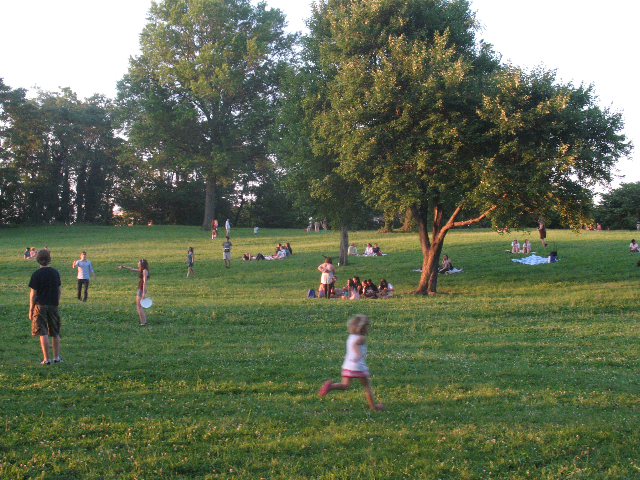It took the work of a few people to tease out a more nuanced view of urban life. Rather than looking at the form of cities in drawings, they looked at the people from the ground. These amateurs looked at how inhabitants used space and elaborated from there, rather than starting from ungrounded first principles.
A key player in this movement was William H.Whyte, a journalist by training. When senior editor of Forbes Magazine, he commissioned Jane Jacobs to write some of the articles that catapulted her to fame as a keen observer of public space. Seeing that she had discovered a fundamental flaw in urban planning, he built on her work with the kind of empirical discipline that worked wonders on bureaucrats.
Mostly, he looked for patterns and then examined those patterns in more detail. He used photos, film, charts, timers, and a lot of assistants. I’ve mentioned a film that catalogues his examination Mies’s Seagram Building in New York. Why did this tower in a plaza work, when so many others didn’t?
This kind of empiricism is exhausting, so it hasn’t been replicated much. But the New York Times today ran an article on the work of Keith N. Hampton, a sociologist at Rutgers who has tried to replicate William H. Whyte’s studies of how people use public spaces. With one twist: he was looking at how digital devices are affecting things.
His results, like Whyte’s, significantly disrupt the conventional wisdom that the diffuse presence of social media are harming our relationships. Not refute, just call into question how idyllic things were before, and whether we’re simply seeing a shift, rather than a decline.
It’s definitely worth your time to read it.
Hampton has some further resources available too, such as his video of Kevin Roche’s steps at the Met, a vintage video from Whyte’s Bryant Park project, and a photoessay showing how people use computers in wifi-enabled parks.
